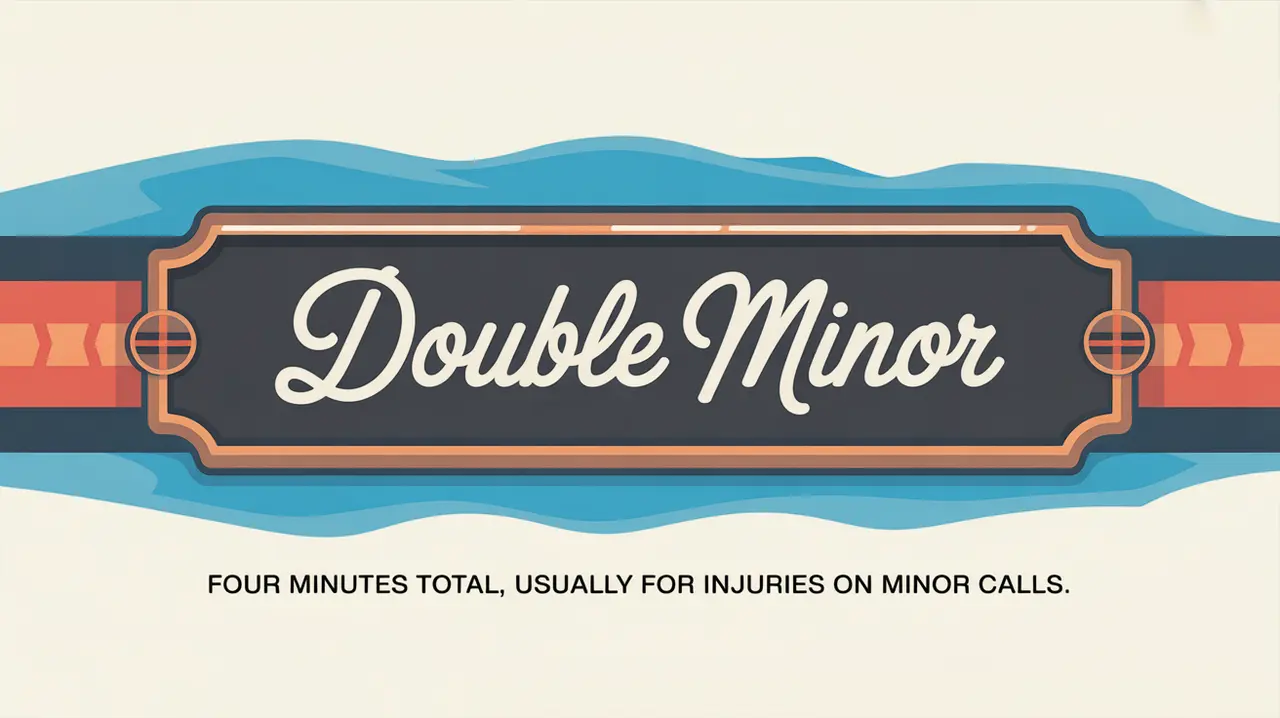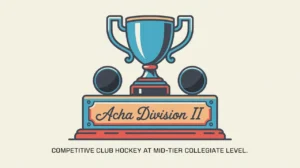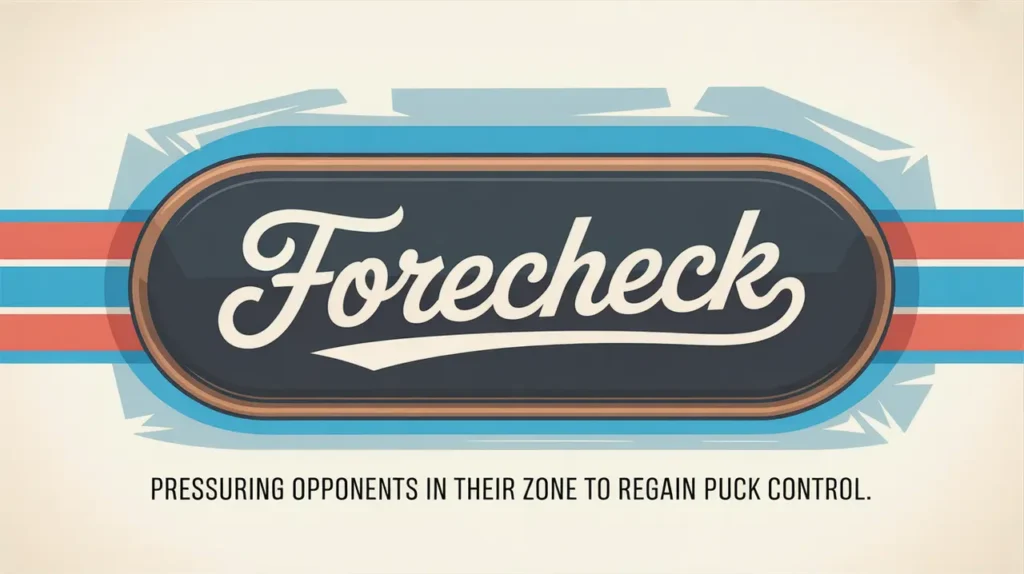Jim’s Intro to Double Minor Penalties
Hi folks, Jim here, the only commentator who once thought a double minor meant you had to sit in both penalty boxes and talk about coal.
What is a double minor penalty?
A double minor penalty is a four-minute penalty that’s essentially two minor penalties served back-to-back. It’s usually assessed for a single infraction that has a more serious impact, most commonly a high-sticking penalty that causes injury or draws blood. The player goes to the penalty box for four minutes, and the opposing team gets a power play that lasts the full time unless they score during the first two minutes. If they score, the first minor ends and the second begins immediately, giving them another two-minute advantage.
This type of penalty can dramatically shift momentum, especially late in a game or during a tight score.
How does it work?
A double minor follows a structured sequence:
- Infraction Occurs: Usually a more serious form of a standard minor (like a high stick that cuts an opponent).
- Referee’s Arm Up: Signaling delayed penalty until the offending team gains possession.
- Assessment: The referee calls a four-minute double minor.
- Serving the Penalty:
- The first two minutes start immediately.
- If a power play goal is scored during that time, the clock resets for the second two minutes.
- If no goal is scored, the full four minutes run continuously.
- Faceoff: Usually in the offending team’s defensive zone.
The double minor creates a unique two-phase power play where the opposing team can score twice before the penalized player returns to the ice.
Common Situations Leading to Double Minors
- High-Sticking with Injury: The classic example. If blood is drawn, it’s almost always a double minor.
- Two Separate Infractions on the Same Play: For example, tripping followed by unsportsmanlike conduct.
- More Severe Dangerous Play: Certain stick or contact penalties that don’t rise to a major but are beyond a standard minor.
How do you make good decisions with it?
Good double minor decisions boil down to discipline and control.
- Stick Awareness: Most double minors are avoidable. Keep your stick down and under control, especially in tight areas.
- Body Positioning: Proper defensive angles prevent accidental high sticks when reaching from behind.
- Game Situation: A careless penalty late in the game can give the opponent a double power play and completely flip the scoreboard.
- Penalty Kill Mindset: Killing a double minor requires energy management and clear communication. Don’t overcommit early.
How do you master it?
Mastering double minor situations is about preventing them and managing them strategically when they happen. Skilled players avoid careless stick work, and penalty killers break the four minutes into segments that include containing the first two minutes, resetting mentally, and attacking the second half with fresh legs. Goalies play a big role, holding steady through extended pressure.
What does it look like when done right?
Smart teams treat a double minor like two penalty kills in a row. They clear pucks efficiently, avoid additional penalties, and change smartly to stay fresh. On the other side, skilled power play units use the extra time to set up patiently, knowing they have multiple chances to break down the defense.
Commentator’s Corner
Jim’s Take
I’ve seen double minors decide playoff games. Four minutes shorthanded is a long time to hold your breath.
Parent Tip
Teach players to keep their sticks under control, especially in traffic. Most double minors come from accidents that are easy to prevent with good habits.
Player Tip
If you take a double minor, don’t lose focus. Your teammates are grinding for four straight minutes. Learn from it and tighten up your stick discipline.
A Final Thought
Double minors are momentum shifters. Avoid them with control and awareness. If they happen, treat them like two battles in a row, Win both, and you keep the game within reach.









